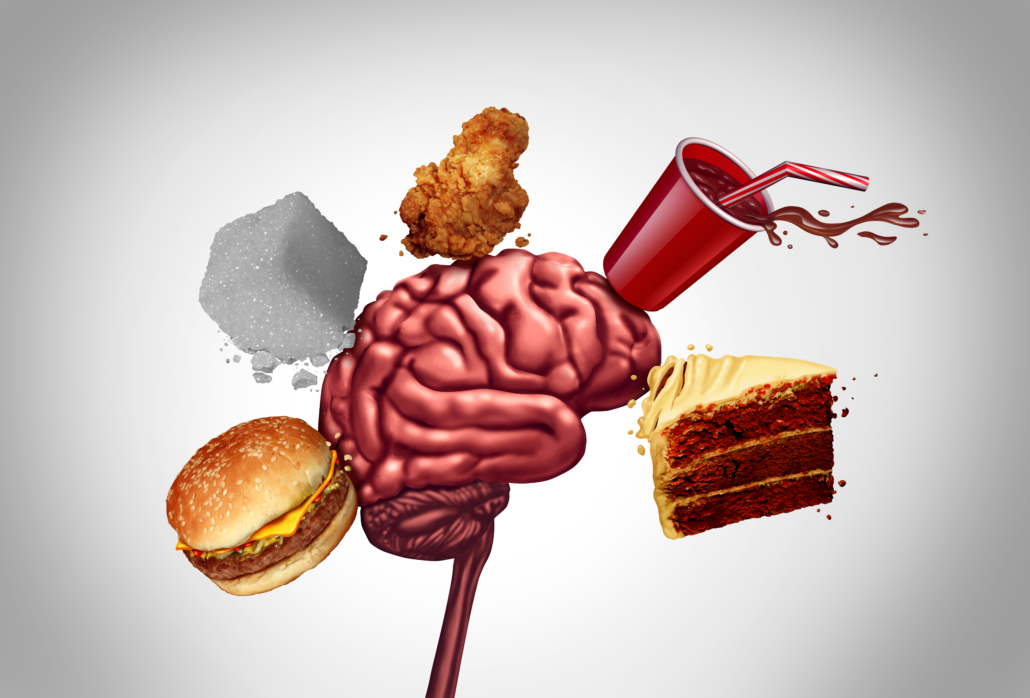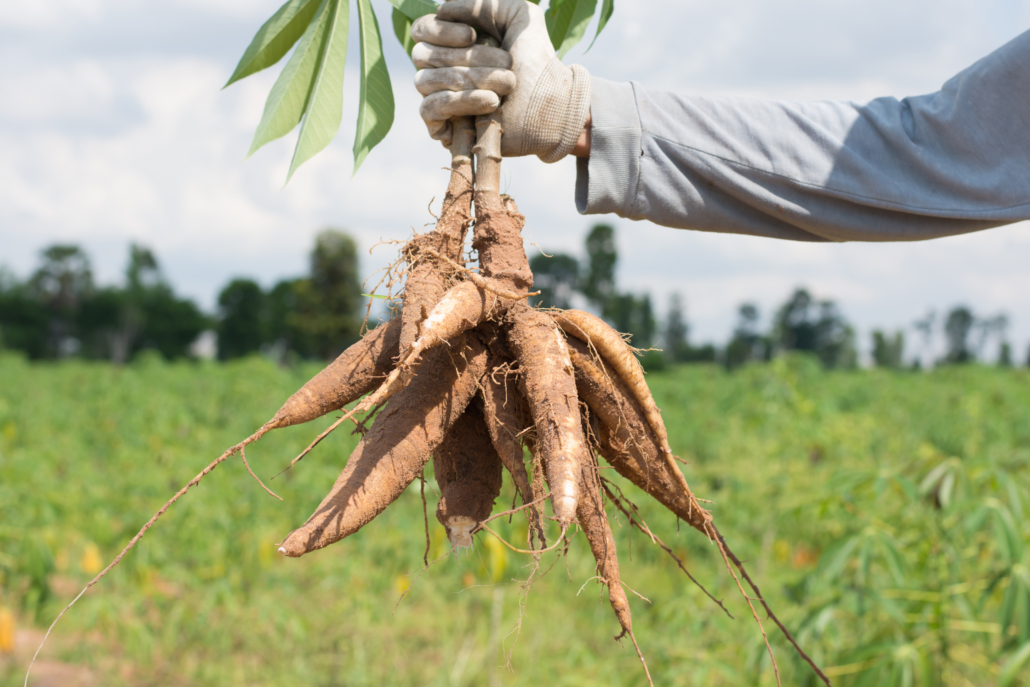We include products in articles we think are useful for our readers. If you buy products or services through links on our website, we may earn a small commission.
Plant Toxins and Antinutrients
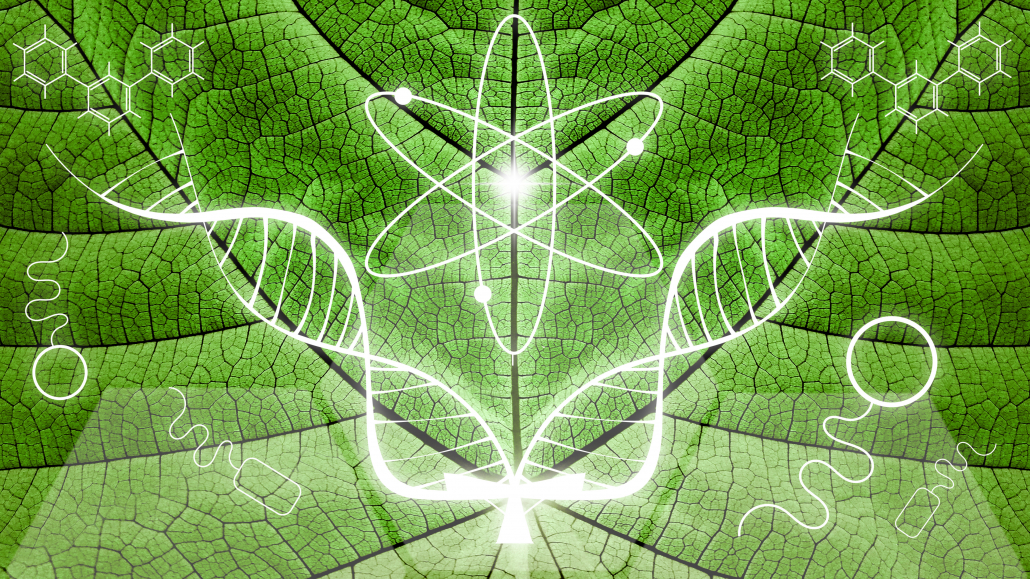
Table of Contents
- A Brief Guide to Plant Toxins and Antinutrients
- What are Plant Toxins and Antinutrients?
- Different Plant Parts
- Phytate (Phytic Acid)
- Lectins (including gluten)
- Saponins
- Tannins
- (aka “never eat green potatoes”)
- Glucosinolates
- Sulforaphane
- Oxalates
- Phenols
- Salicylates
- Cyanogenic Glycosides
- Trypsin Inhibitors (TI)
- Isoflavones and Phytoestrogens
- Photosensitizers
- Carbohydrate (AKA Sugar of any type)
- Omega 6 Fatty Acids
- Human Exposure to Plant Toxins and Antinutrients Over time
- Dr. Kiltz’s Bottom Line on Plant Toxins and Antinutrients
A Brief Guide to Plant Toxins and Antinutrients
Like humans, plants are evolved to survive and reproduce. In order to protect and perpetuate themselves, plants are armed with an arsenal of plant toxins and antinutrients.
Since most of our leafy friends lack fangs and claws, and they don’t have legs to flee on, they evolved protective plant toxins and antinutrients, including naturally-occurring pesticides, mineral chelators, and antibiotics.
The presence of these plant toxins and antinutrients calls on people to reconsider what we might think of as healthy foods: That colorful smoothie you blended this morning with strawberries, blueberries, and kale, or that mixed greens salad topped with tomatoes, cucumbers, red onion, and carrots you ate for lunch. Are these the perfect meals or the perfect weapons?
What are Plant Toxins and Antinutrients?
Plant toxins and antinutrients are the chemicals plants use to defend themselves from fungi, insects, and animal predators. Humans are predators, and many of the chemicals plants produce are harmful to us.
Though plant toxins and antinutrients are often used interchangeably, plant toxins exhibit their negative effects through purely toxic means. While antinutrients are plant-made chemicals that bind to and prevent the absorption of vitamins, minerals, and other nutrients, exhibiting their negative effect by causing nutritional deficiencies.
Plants have no interest in being a food source for humans or any other predator for that matter. To stay alive they’ve become masters of biological warfare.
Every plant produces its own blend of toxins. These compounds make up a whopping 99.99% of all pesticides people consume as part of a regular diet. These are natural chemicals produced by plants themselves.
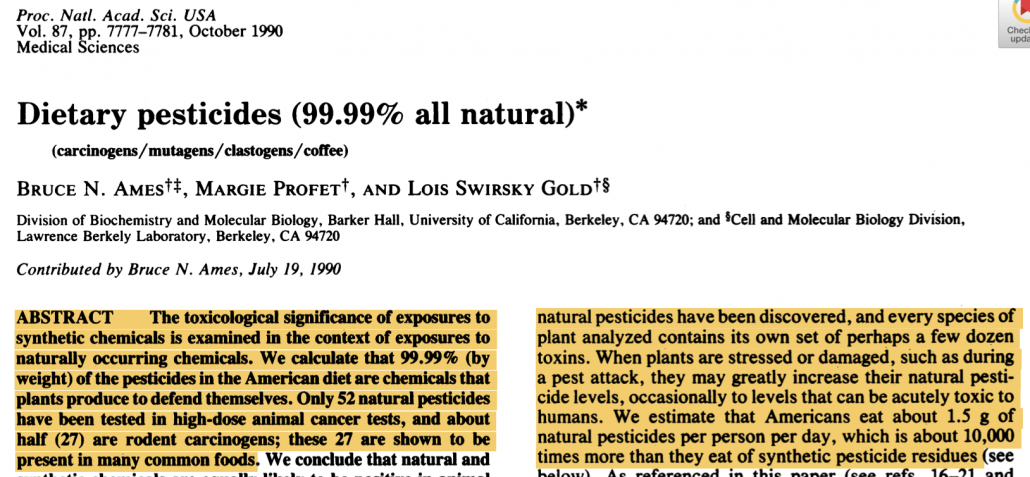
Researchers estimate that humans consume 5,000 to 10,000 different natural pesticides every day, many of which cause cancer when tested in lab animals. Whatsmore, carcinogen levels in many of these plants are commonly thousands of times higher than the levels of synthetic pesticides.
While nutrients provide nourishment, antinutrients block the absorption of specific proteins, vitamins, and minerals. They can lead to mineral deficiencies while damaging our digestive systems by poking holes in our intestinal walls resulting in “leaky gut,” but more on that later.
Plant toxins and antinutrients are frequently the culprits behind headaches, asthma, joint pain, and other allergic responses associated with food sensitivities, digestive complaints, and various autoimmune diseases.
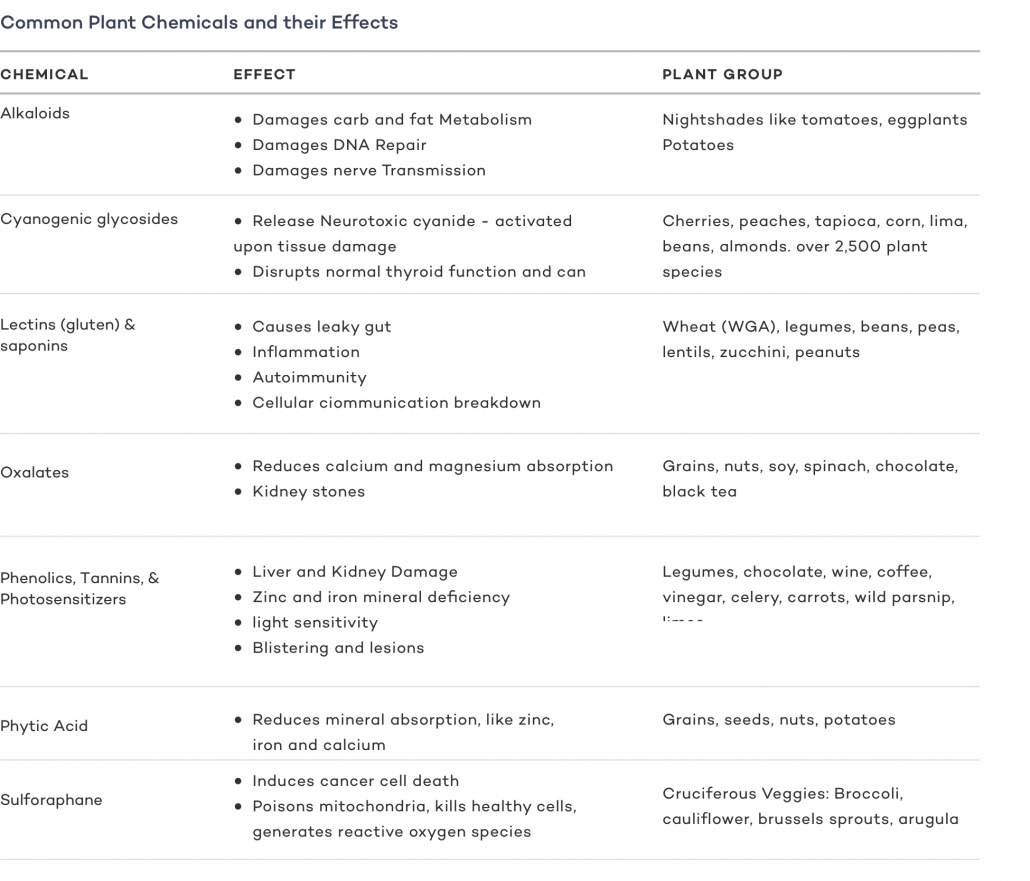
Different Plant Parts
Different parts of plants can produce numerous toxins at various levels of intensity. Yet we eat just about every part of plants. Carrots and turnips are the roots; spinach and kale are the leaves; celery and asparagus are the stems; broccoli and cauliflower are the flowers; oranges, apples, and grapes are the fruit; lima beans, coffee beans, and coconuts are all seeds.
Of all the parts of plants, seeds are the most likely to impact our health.
Seeds
Seeds are critical to the continuation of every plant species. Every seed is like a potential plant baby. To ensure their survival, Mother Nature takes extra care to make sure seeds are protected. This protection takes the form of harmful toxins. The presence of these toxins is the reason why seeds are responsible for many of the most prevalent and dangerous food allergies –allergies to peanuts (technically legumes) and other tree nuts (almonds, walnuts, hazelnuts). Celiac Disease is a common allergy to wheat–the seed portion of wheatgrass.
There are different types of seeds too. Some are protected by an outer shell; others are not, and they use different toxins to protect themselves.
Naked Seeds
Nake seeds are fully exposed and have no outer covering for protection from the elements or predators. They might at first appear more vulnerable, but they’re far from helpless.
For example, naked seeds contain bitter-tasting tannins, and phytates that interfere with nutrient absorption. From the plant’s perspective, if their seeds are going to be eaten and the continuation of their species threatened, at least they can cause negative responses in their predators to discourage their consumption in the future.
Cashews are an example of a naked seed that should never be eaten raw. Cashews are covered with anacardic acid, which is closely related to the acid that makes poison ivy so irritating.
Kidney beans teach another cautionary tale. If consumed while not fully cooked, the phytohaemagglutinin in the beans can cause diarrhea and vomiting.
Protected Seeds
Protected seeds are even more devious in their survival strategies. Unlike naked seeds, protected seeds have an outer shell that allows the seed to survive consumption by animals.
They move through the digestive system of a predator completely intact until they’re eliminated as part of a bowel movement, surrounded by natural fertilizer to help them grow. This allows protected seeds to travel and sprout great distances from where they were consumed. They don’t have to compete with the parent plant for sunlight or water.
Fruit
Fruit generally means the fleshy structures of a plant that carry seeds. They often taste sweet or sour and are considered edible in the raw state. From a botanical standpoint, “fruit” includes many plant structures such as bean pods, corn kernels, tomatoes, and wheat grains. With this overlap between seeds and fruits, it’s no surprise that fruits also contain various plant toxins.
For example, the citrus fruits lemon, lime, grapefruit, and bergamot contain furocoumarins. Plants release these toxins in response to stress, such as when the plant is physically damaged. Furocaoumarins can cause gastrointestinal problems in susceptible people. They’re also phototoxic, which means that they can induce severe skin reactions under sunlight.
Phytate (Phytic Acid)
Phytic acid is a natural, protective substance found in many plants, usually in the seeds (nuts, grains, and legumes). Its main job is to hold on to the essential minerals that the baby plant needs to grow.
Found in abundance in whole grains, legumes and nuts, phytates are used by plants to store phosphorous. Yet they don’t make it available to our bodies. Instead, phytates bind to our own minerals and nutrients, especially calcium, iron, zinc, magnesium, copper and some proteins. Phytates also inhibit our own digestive enzymes, which you can see in the graph below :
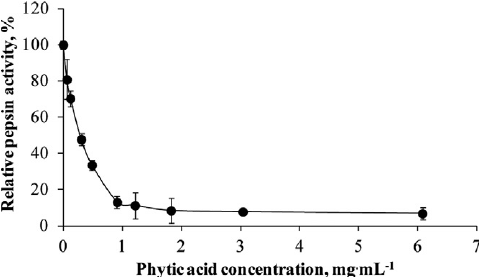
Once bound by phytates, these minerals are no longer available to our bodies to use. Nutrient deficiencies caused by phytates are most common in unvaried diets high in cereal grains. The presence of phytates in grains is one of the main factors in the decline in vitality markers including height and bone density, and the rise in disease that occurred during the agricultural revolution when most of the human population switched from a majority meat diet to an almost exclusively grain diet. Interestingly, phytic acid is never found in animal products, only plants.
Plants with Phytic Acid
| Food | Phytic Acid |
| Almonds | 0.4-9.4% |
| Beans | 0.6-2.4% |
| Brazil nuts | 03-6.3% |
| Hazelnuts | 0.2-0.9% |
| Lentils | 0.3-1.5% |
| Maize, corn | 0.7-2.2% |
| Peanuts | 0.2-4.5% |
| Peas | 0.2-1.2% |
| Rice | 0.1-1.1% |
| Rice bran | 2.6-8.7% |
| Sesame seeds | 1.4-5.4% |
| Soybeans | 1.0-2.2% |
| Tofu | 0.1-2.9% |
| Walnuts | 0.2-6.7% |
| Wheat | 0.4-1.4% |
| Wheat bran | 2.1-7.3% |
| Wheat germ | 1.1-3.9% |
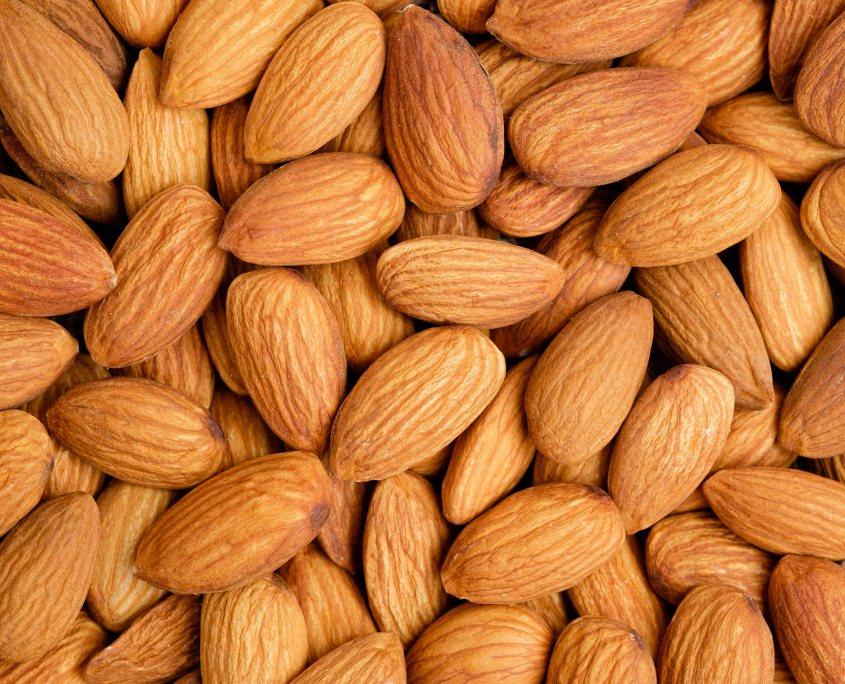
Almonds contain high levels of phytic acid.
What Do Phytates Do to Humans and What are Potential Symptoms?
Health Effects
By preventing the absorption of various essential minerals, high intake of phytic acid can cause a long list of health issues and symptoms, including:
| Health issues and symptoms | |
| Muscle cramps | Irregular heartbeat & shortness of breath |
| Hallucinations | Asthma |
| Depression | Osteoporosis |
| Brittle hair & nails | High blood pressure |
| Weak bones | Hair loss |
| Tingling in the hands and feet | Diarrhea |
| Memory loss | Skin lesions |
| Confusion | Impaired immune function |
| Muscle twitches | Pale skin |
| Fatigue | Weakness |
| Lightheadedness | Chest pain |
| Dizziness | Headaches |
In addition to seeds, phytic acid is also found in many roots, leaves, and fruits. Removing seeds from your diet doesn’t entirely solve the phytic acid problem. However, several preparation methods can help reduce the phytic acid content in the foods you eat.
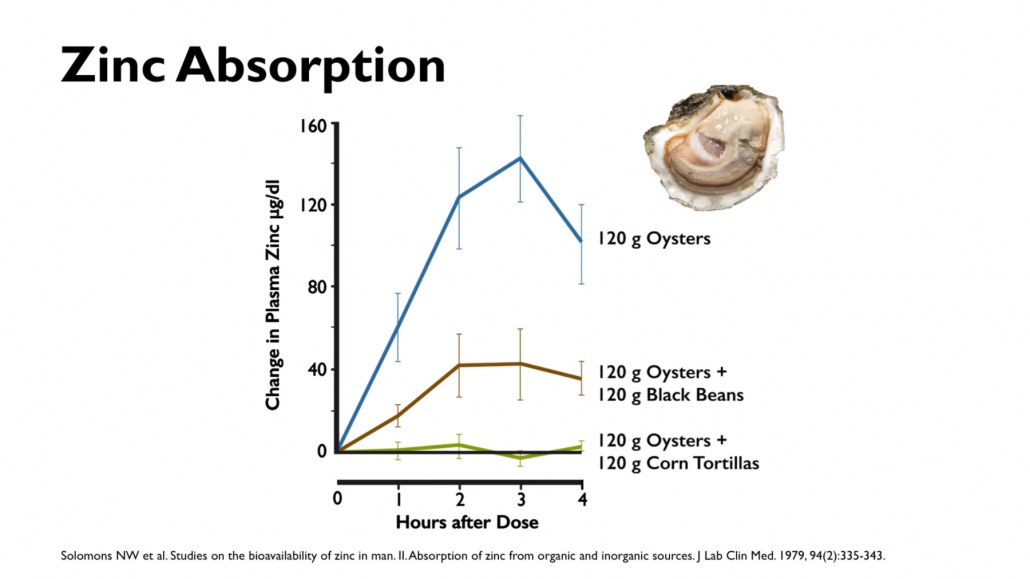
How to Minimize the Effect of Phytates
Soaking
Soaking cereals and legumes overnight and draining the water can reduce their levels of phytic acid. By soaking in lemon juice, vinegar, or other acidic liquid, you can reduce the concentration of phytic acid.
Sprouting
Germinating seeds, grains, and legumes can degrade the potency of the phytate.
Fermentation
Fermentation is the best way to reduce phytic acid levels. We can see this process at work in cows and sheep who eat phytic acid with no ill effects because they have bacteria in their guts that naturally break down phytates. Their guts are designed for plant-based diets. Fermentation is the method used in making sourdough by fermenting the wheat.
Lectins (including gluten)
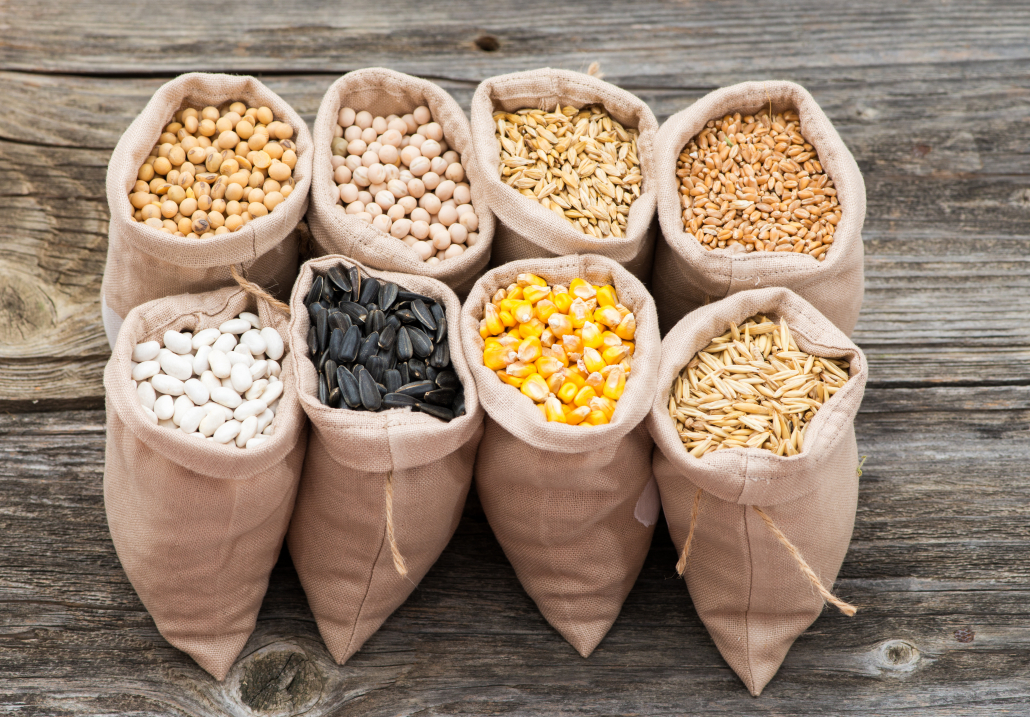
Lectins are a group of proteins found in most plant foods. As part of the plant’s immune system they protect against an array of predators and microbes (bacteria, viruses, fungi, and parasites). When stressed, damaged, or under attack, for example by an insect munching on its leaves, plant lectins can be toxic and act as a deterrent.
Scientists have genetically modified staple plants to express higher concentrations of lectins to protect against pests and improve crop yields. But plants are the only ones for whom this is good news.
Once inside our bodies, lectins bind directly to the lining of the small intestine, inhibiting the absorption of nutrients and causing lesions on the intestine leading to leaky gut syndrome.
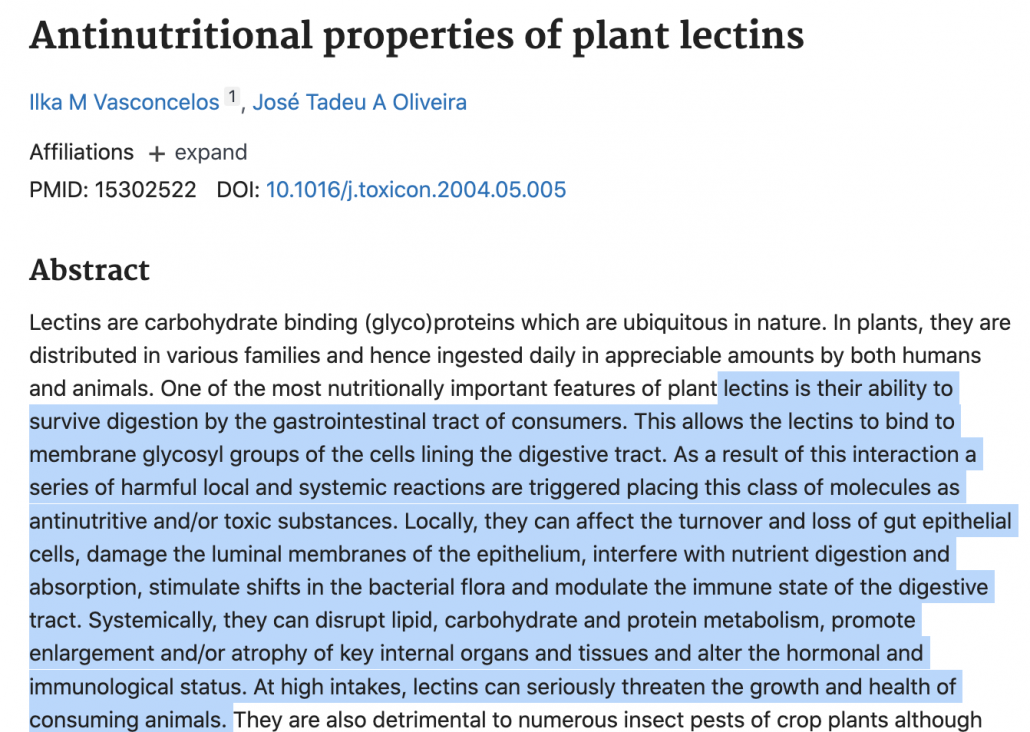
They also facilitate the growth of bacteria strains which contribute to endotoxemia, a type of low-grade inflammation that affects approximately 33% of the Western population. If unchecked endotoxemia can result in inflammatory bowel disease, ulcerative colitis, and Crohn’s disease.
All foods contain some lectins, even meat because lectins that animals eat in foods like corn accumulate in their tissue. However, only about 30% of the foods we eat have potentially troublesome amounts. Legumes (including beans, soybeans, and peanuts) and grains (wheat is commonly singled out) have the most significant content, followed by dairy, seafood, and plants in the nightshade family (such as potatoes).
The lectin in wheat products, more commonly referred to as gluten, is especially problematic. Yet, gluten is just one of the toxic proteins found in grains like wheat, barley, and rye. Today’s wheat contains almost 90% more lectins than the wheat that was grown just a couple of generations ago. Now, gluten allergies may affect 13% of the population.
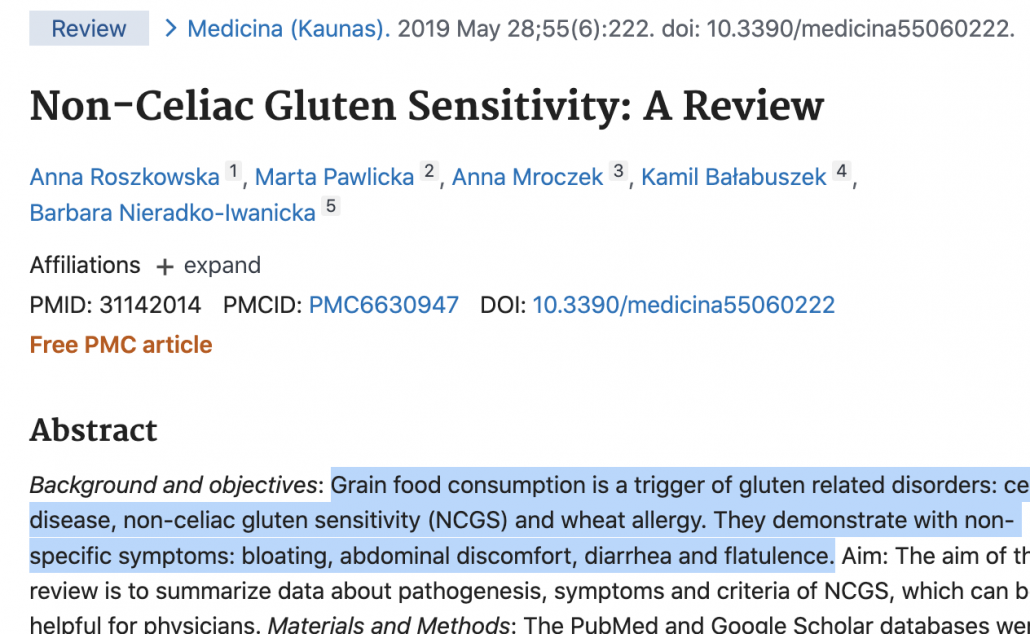
Leaky Gut Syndrome
Lectins bind to glycolipids and glycoproteins on the membranes of our cells, causing our bodies to ramp up immune responses that attack healthy cells. Leaky gut is a symptom of this immune response.
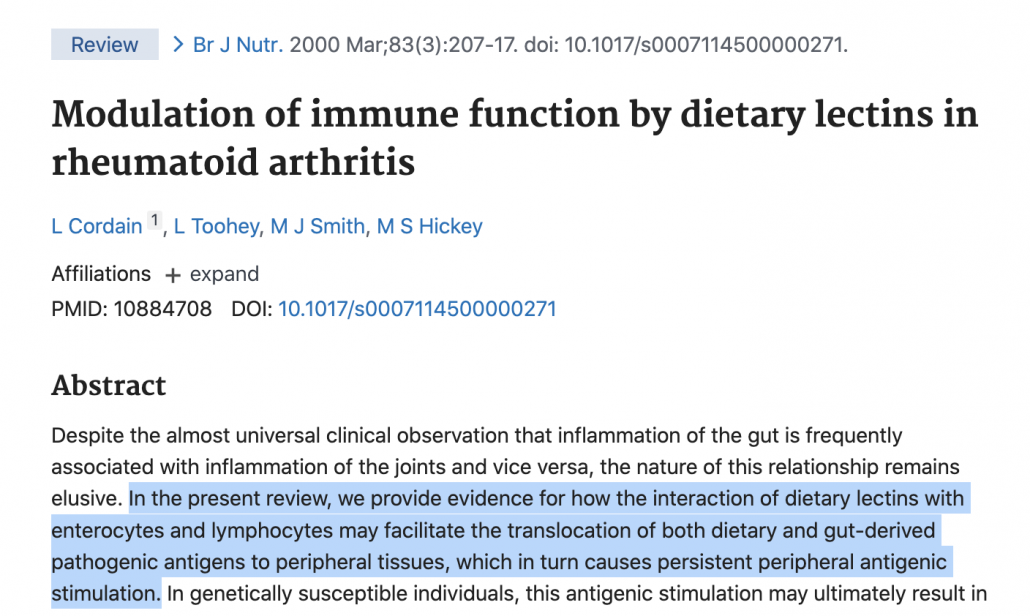

The term “leaky gut” refers to a breakdown in the intestinal walls. This breakdown occurs when malfunctioning microvilli lining our intestinal walls break down and allow dangerous food particles and toxins into the bloodstream.
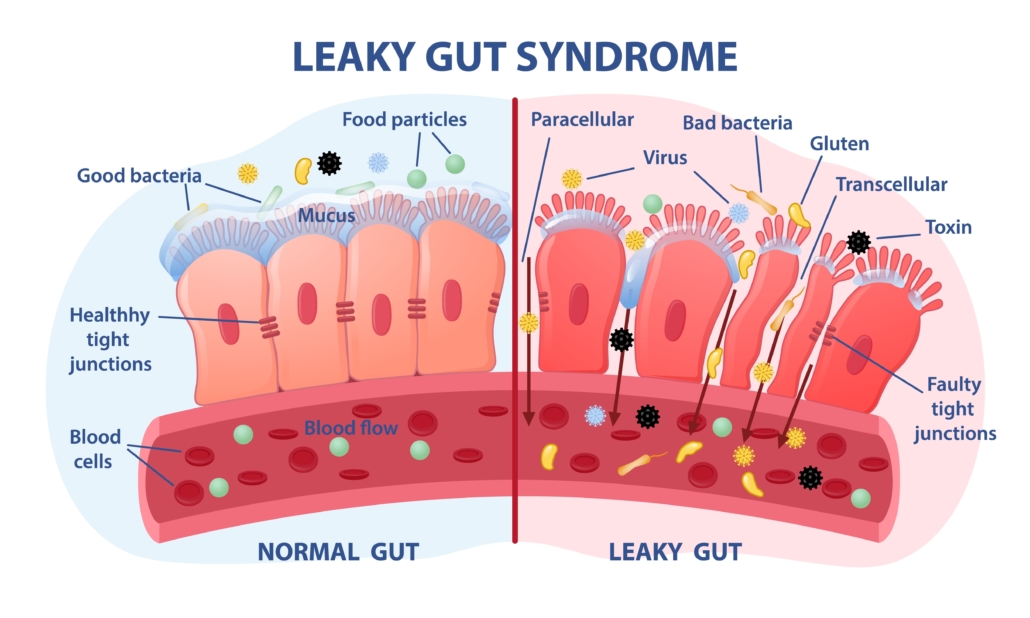
Symptoms of leaky gut include gas, bloating, constipation, and diarrhea. You may also feel swollen, itchy, have difficulty breathing, feel down or fatigued, experience “brain fog” or decreased mental performance, headaches, mucus buildup, joint stiffness, or inflammation.
Endocrine Disruption
Lectins are also known to disrupt intercellular communication. This is particularly concerning when it comes to fertility and hormone disruption. Our bodies rely on hormones to tell the various cells and tissues what to do. When lectins get in the way, they can silence, change, or disrupt these messages, wreaking havoc on fertility.
Brain Fog
Brain fog presents as various symptoms, including an inability to focus, forgetfulness, fatigue, confusion, or a lack of mental clarity. Though not a clinical term, most people know what it’s like to feel “off” in their ability to process things and pay attention. Brain fog is generally believed to be caused by inflammation in the brain, and lectins may be the culprit.
How to reduce lectins
Given their presence in nearly all foods, there’s no avoiding them. So, reducing lectins is the best we can do.
Peel your fruits & vegetables
Lectins are more highly concentrated in the peels, leaves, and seeds of plants. By peeling or de-seeding fruits and veggies you will reduce their lectin content.
Eat only in-season fruits & veggies
Lectin levels are lower in fruits when they are ripe. Eating fruits and berries when they’re at their peak of ripeness can lower your lectin consumption.
Choose white rice over brown rice & white bread over wheat
Whole grains and seeds contain more lectins and are more difficult to digest. White rice is a better choice than brown, which still has its hard outer coating. All white rice starts as brown rice, but the milling process removes the husk, bran, and germ. Removing these protective layers reduces lectins and antinutrients.
Cook or process your foods
Since many lectins are temperature sensitive, processing foods with high levels of lectins can reduce their presence. Using a pressure cooker, boiling, soaking, fermenting, and sprouting help decrease lectin concentration.
Saponins
Saponins are found primarily in legumes and grains. They’re the chemicals that create the foamy substance on the surface of water when you soak beans. Saponins can cause harm by binding to various nutrients, inhibiting our ability to use them. They also inhibit digestive enzymes causing a decrease in protein digestibility and absorption. Some saponins even have the ability to break down red blood cells. Like lectins, saponins can bind to the gut and increase intestinal permeability or leaky gut.
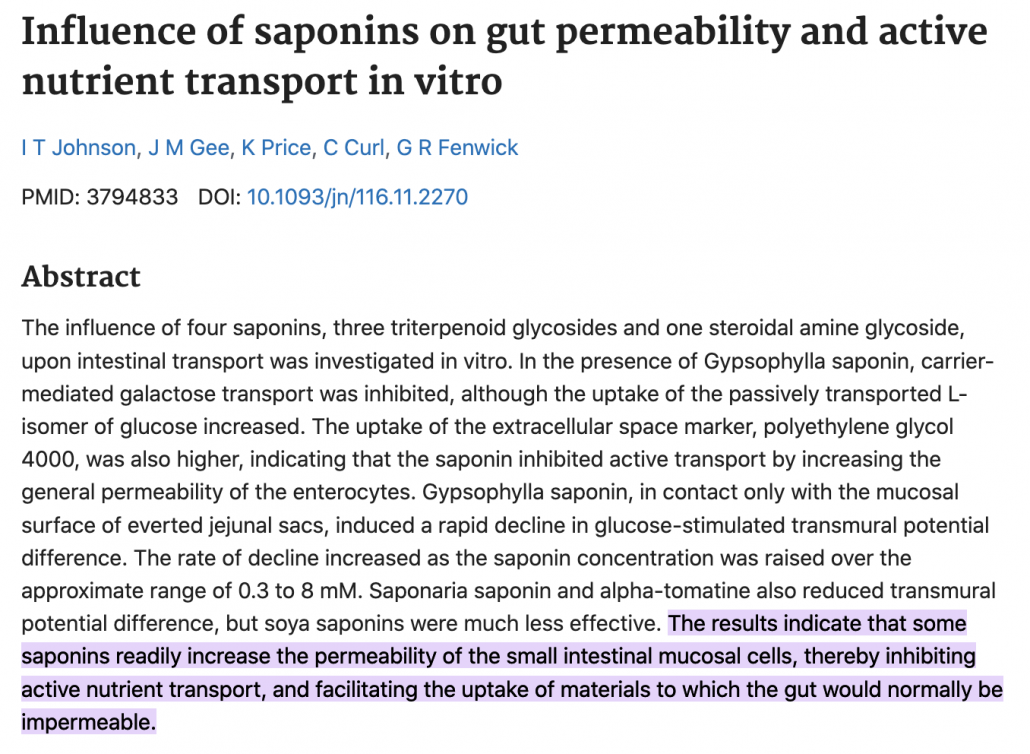
Foods Highest In Saponins
Foods high in saponin content include:
- Licorice root (22.2-32.3 grams per 100g)
- Legumes, especially peanuts, soybeans (3.9-5.6 grams per 100g), and chickpeas (3.6-5 grams per 100g)
- Quinoa (up to 0.73g per 100g)
- Spinach (0.5g per 100g)
- Oats (0.1-0.3g per 100g)
Tannins
Most people have heard of tannins as they relate to red wine and tea, but they’re also found in coffee and chocolate. Tannins are what give these foods their bitter, dry taste.
Tannins are naturally-occurring polyphenols that easily bind with other compounds like proteins and minerals. You can find them in various plants, seeds, bark, wood, leaves, and fruit skins. Tannins are antinutrients because they inhibit the absorption of iron.
Some tannins are believed to have health benefits including antioxidant and anti-inflammatory properties. While others have negative consequences, and overconsumption of tannins can affect digestion. Tannins can also cause nausea in people with sensitive digestive systems, particularly when consumed on an empty stomach.
 (aka “never eat green potatoes”)
(aka “never eat green potatoes”)
Glycoalkaloids are neurotoxins and enzyme inhibitors. Potatoes are high in glycoalkaloids, with the highest glycoalkaloid levels concentrated in the sprouts, peel, and area around the “eyes.”
High levels of glycoalkaloid are toxic to humans. Symptoms may include nausea, vomiting, stomach and abdominal cramps, and diarrhea. Severe cases of glycoalkaloid poisoning can include neurological effects as well (i.e., drowsiness, restlessness, shaking, confusion, weakness, and disturbed vision).
Storing potatoes in ways that expose them to prolonged light, like on a shelf, can cause a “greening” effect. This is due to the formation of chlorophyll. Since chlorophyll and glycoalkaloids form in conjunction, “greening” indicates an increase in glycoalkaloids. Damage to tubers also increases glycoalkaloids, so avoid damaged potatoes.
Glycoalkaloids are another plant toxin that has been shown to cause intestinal permeability, or “leaky gut”.
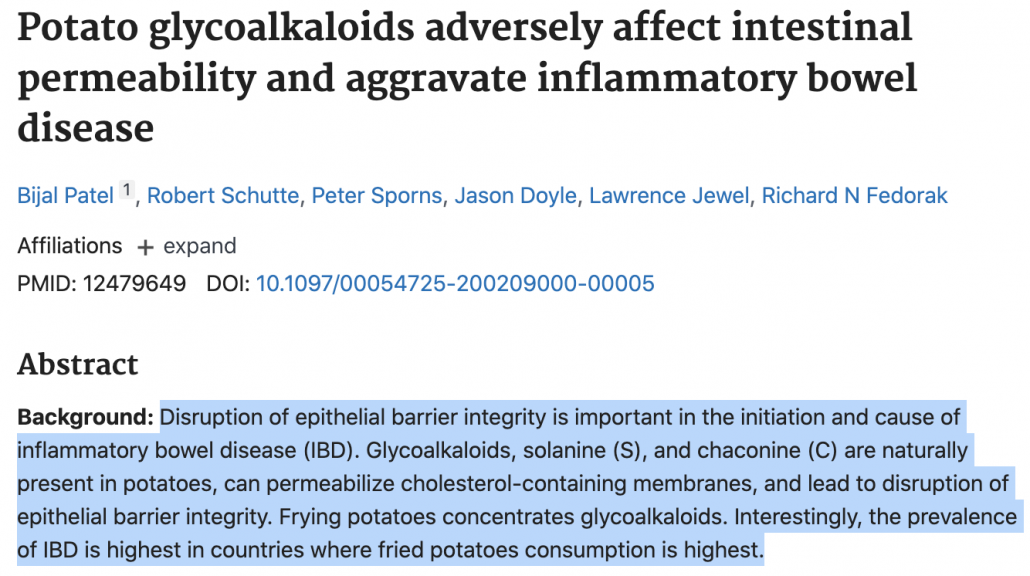

Unfortunately, cooking does not significantly reduce glycoalkaloids, making low-light potato storage very important. Any damage, sprouts, or green areas should be removed. Peeling the potato is best. And don’t eat any potato that tastes bitter.
Solanine
The most famous of the glycoalkaloids, solanine is found in nightshades like eggplants, tomatoes, peppers, potatoes (white, not sweet), paprika. It’s also present in a few non-nightshade plants like apples, cherries, okra, and beets.
Solanin is the compound in nightshades that causes inflammation. It can irritate the digestive tract and even cause a breakdown in red blood cells. The presence of solanine causes nightshades to worsen arthritis in many people, and exacerbate irritable bowel syndrome, heartburn, acid reflux, and other GI issues. Solanin can even affect brain neurotransmitters like acetylcholine.
Though primarily found in potatoes, there is a tomato version of solanine called “tomatine.”
For this reason, tomatoes are best avoided altogether or eaten in season with limited frequency. This is particularly important if you have arthritis, a digestive disorder, or other autoimmune disorders.
Many health professionals are concerned about solanine by-products that accumulate in the body. During times of stress, these compounds can become mobilized and cause further harm.
Glucosinolates
Glucosinolates are chemicals found in cruciferous vegetables like Brussels sprouts, broccoli, cabbage, cauliflower, kale, and many more. They tend to produce a telltale sulfur-like smell as part of their defense system.
Glucosinolates prevent the body from absorbing iodine, flavonoids, and minerals such as iron and zinc. Studies show that a higher intake of glucosinolates is associated with a greater risk of Type 2 diabetes.
Sulforaphane
Cruciferous vegetables also contain the chemical sulforaphane. Most of the sulforaphane you eat gets absorbed into your bloodstream, where it can damage intracellular structures like mitochondria and enzymes. Our bodies respond with powerful antioxidants to minimize the damage. But this response depletes our antioxidants leaving other cells vulnerable to damage. Sulforaphane is another antioxidant that contributes to leaky gut.
Oxalates
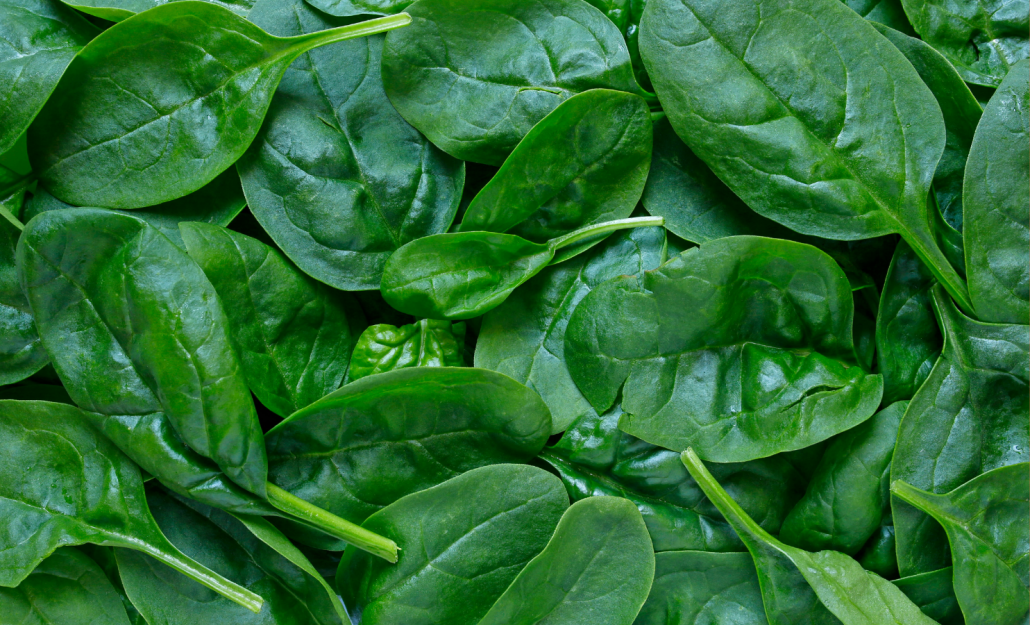
The leaves of plants are some of the most highly touted “superfoods.” Thanks to Popeye, spinach usually tops the list of “healthy greens.” But spinach contains high levels of oxalates.
Oxalates are antinutrients that deplete calcium and iron, stealing essential vitamins and minerals from our bodies. The presence of oxalic acid in cooked spinach is responsible for the fact that our bodies absorb virtually none of the iron and very little of the calcium in spinach.
Accumulating oxalates in the body can lead to renal damage, kidney stones, and can be toxic to just about every other system in our bodies.
Oxalic acid is also what gives you “spinach teeth” – that gritty feeling after you eat spinach. They’re also the compound responsible for the fact that almost none of the iron in spinach is absorbed by your body.
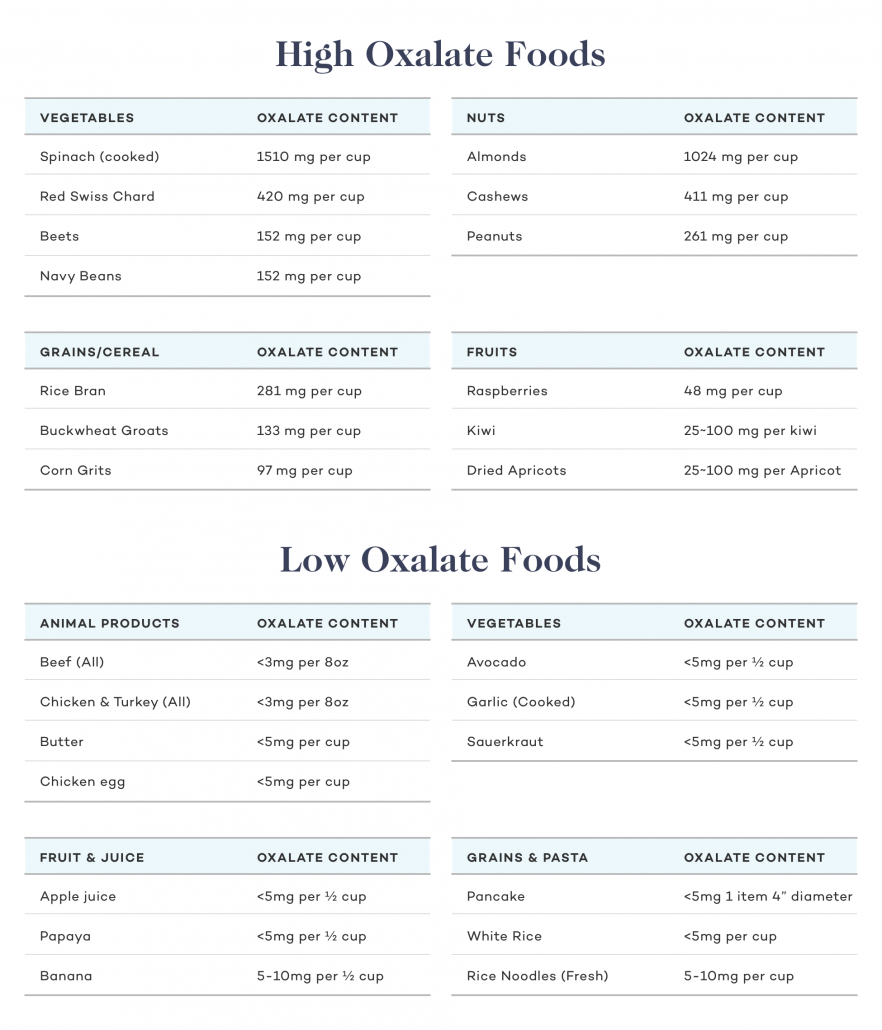
Phenols
Phenolic compounds are responsible for the color and flavor of many fruits. While they’re harmless for most of us, for people sensitive to phenols they can cause reactions that include an extreme emotional high followed by a very low, low.
Physical reactions can include dark under-eye circles, red face/ears, diarrhea, headache, difficulty falling asleep at night or staying asleep and feeling excessively tired and lethargic. Behavioral symptoms of a reaction include hyperactivity, aggression, headbanging or other self-injury, and even inappropriate laughter. Hyperactivity is more common in children. Adults generally experience chronic fatigue symptoms.
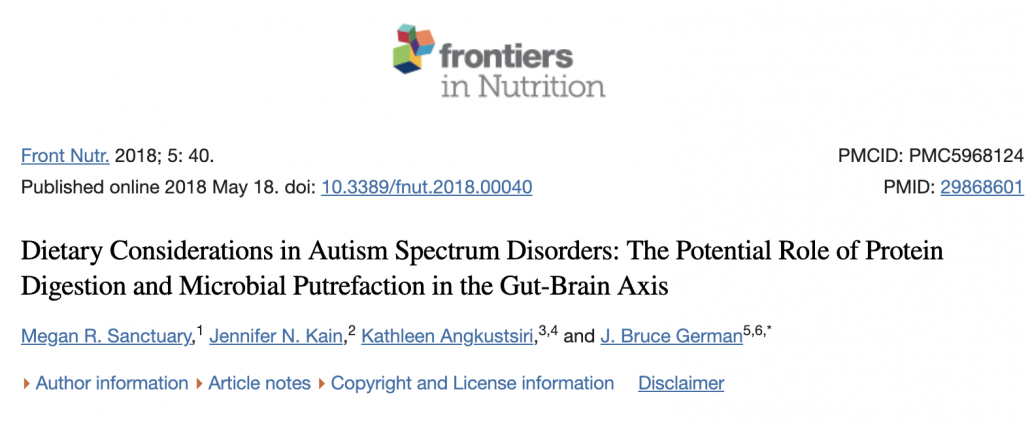
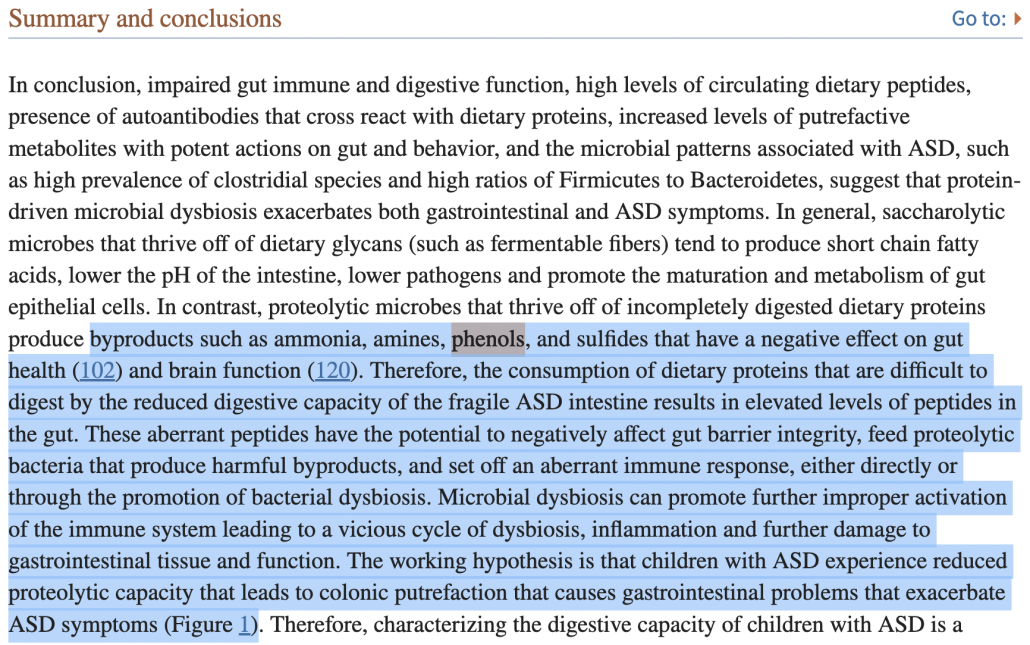
Children on the autism spectrum seem to be particularly susceptible to phenols. Researchers have found that children on the autism spectrum have low levels of the enzyme needed to break down phenols, causing behavior issues and physical reactions when they eat foods high in phenolic compounds.
Fruits and veggies rich in phenols include most berries (strawberries, raspberries, chokeberries, blueberries, and black currents) along with grapes, apples, spinach, red lettuce, and broccoli. Citrus fruits also have high levels of phenols.
Salicylates
Salicylates are a type of phenol. Scientists believe salicylates are produced by plants as natural protection from diseases, insects, fungi, and harmful bacteria. Salicylates share a similar to the man-made chemical acetylsalicylic acid, which we’re familiar with as aspirin.
Many people are sensitive to salicylates and experience an allergic reaction that can include difficulty breathing, hives, swelling, and GI symptoms. Salicylates are also correlated with other physical and mental responses, like headaches, vision problems, acne, bad breath, restless leg syndrome, and anxiety.
Though salicylates are found in most fruits and vegetables, they are highest in tomatoes, broccoli, cauliflower, cucumbers, mushrooms, radishes, spinach, zucchini, and vegetables in the nightshade family (eggplant, peppers).
While most people can tolerate salicylates, there is some risk of salicylates bioaccumulating over time and causing problems.
Cyanogenic Glycosides
Cyanogenic glycosides are phytotoxins that can be found in at least 2,000 species of plants. Cassava, sorghum, stone fruits (peaches, cherries, etc.), bamboo roots, and almonds all contain high levels.
Eating foods high in CGs can be potentially toxic and even deadly. When you take a bite of a cherry, the glycosides in the cherry mix with an activating enzyme to create hydrogen cyanide–that’s right, it’s poison. Our bodies can detox low levels of cyanide, but higher doses can block cellular respiration, suffocate mitochondria, and even be fatal.
In humans, symptoms of acute cyanide intoxication can include
- rapid respiration,
- drop in blood pressure
- dizziness
- headache
- stomach pains
- vomiting
- diarrhea
- mental confusion
- twitching
- convulsions
- terminal coma
Cassava, a root vegetable, and bamboo are staple foods in many tropical countries. Both must be adequately processed prior to consumption. If either is eaten raw or after inadequate processing, they can be toxic.
Not surprisingly, in poorer countries where cassava is less likely to be processed correctly or fully, and where diets are protein deficient, poisonings and neurologic diseases such as konzo and certain paralysis conditions are widespread.
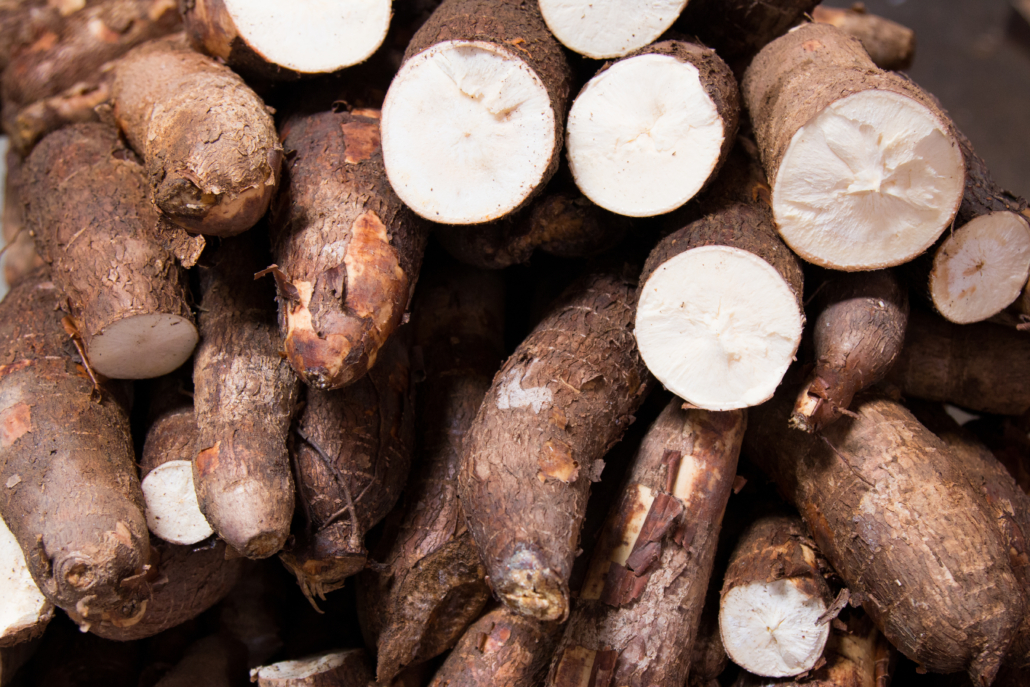
Trypsin Inhibitors (TI)
When you eat food, enzymes break down the larger molecules of protein, carbohydrates, and fats into absorbable forms. A trypsin inhibitor, or TI, is a protein that blocks the ability of the enzyme trypsin to break down proteins. TIs can be classified under the broader category of “Protease Inhibitors,” which disrupt protein digestion.
TIs are found in high levels in raw soybeans, which is why humans should never eat them. The good news is that cooking soybeans renders most of the TI inactive, but it also can damage essential amino acids in the soy, making it difficult to digest. Food manufacturers have the delicate balancing act of cooking soybeans enough to reduce the antinutrients like TIs, but not so much as to damage the amino acids.
Isoflavones and Phytoestrogens
Isoflavones are a class of phytoestrogens that mimic the structure of the female hormone, estrogen.
Soybeans and soy products are the richest sources of isoflavones in the human diet. Legumes and herbs like red clover and alfalfa also contain high levels.
Because isoflavones are chemically very similar to estradiol, they can confuse our endocrine system leading to reduced testosterone and increased estrogen. Evidence from animal studies suggests that isoflavones can interfere with fertility by reducing sperm quality.
Clover Disease
The discovery of “clover disease” illustrates the dramatic effects of phytomimcry. In the 1940s animal scientists found that sheep grazing in fields of subterranean red clover developed infertility that caused lambing rates to drop by 60%–80%.
The clover species the sheep were eating contained hormonally active phytochemicals (HAPs), particularly phytoestrogens. Researchers found that ewes affected by clover disease developed mammary gland hypertrophy, infertility, and cervical deformities preventing conception including prolapsed uterus.
In human studies, babies who are fed soy formulas have up to 500 times more isoflavones in their system. Researchers found that infant girls who were fed soy formula versus cow-milk formula displayed larger wombs and vaginal cell changes. Other research shows that infant girls fed soy formula are more likely to develop severe menstrual pain as young adults.
In light of these studies, women planning to get pregnant, or who are formula-feeding infants should consider the effects of phytoestrogens in soy.
Photosensitizers
Animals who eat plant parts high in certain photosensitizing chemicals can develop painful sensitivity to light. In humans, the effects of eating photosensitizers show up as photodermatitis, where people’s skin reacts to UV light. Symptoms include red itchy rashes, swelling, difficulty breathing, burning sensations, and peeling skin.
Some of the most likely culprits in the fruit and vegetable kingdom include celery, citrus (especially limes), parsley, and parsnips. In fact, some people even refer to photodermatitis as “Lime Disease” not to be confused with unrelated Lyme Disease.
Carbohydrate (AKA Sugar of any type)
Most people think of plant-based food sources as “healthy” carbs. But our body can’t tell the difference between a candy bar, kale, or an apple. Sure kale may have a few extra nutrients in it, but a majority of it gets broken down into, you guessed it, sugar.
Every carb we eat, from lettuce to a lollipop, is eventually broken down into basic sugar. The body processes them all the same way by delivering a portion of these sugars to our bloodstream while sending the excess to the liver where it’s converted into fat.
Your liver can make all the glucose it needs from just about anything—protein, fat, or carbs. Contrary to what many people think, sugar/carbohydrates are a nonessential part of our diet.
If you’re eating the standard American diet, you’re consuming 70% carbs, around 20% protein, and 10% fat. Those carbs, whether from grains, vegetables, or fruits, are aiming a steady stream of glucose through your whole body, damaging your cells and producing inflammation.
Glycation
One of the ways glucose damages cells is by a process called glycation–the binding of glucose to every nook and cranny in our bodies. This binding leads to fermentation in the cytoplasm of certain cell lines that can cause tumors and other cancerous cell growth.
Eating lots of glucose is like carpet bombing your cells with sugar. The sugar molecules glom onto your fats and proteins. This creates “advanced glycation end products,” shortened appropriately to AGEs. It’s important to note that not all glycation is bad. At healthy levels, it’s a necessary metabolic process. But dumping excessive carbs into your system creates damage and inflammation.
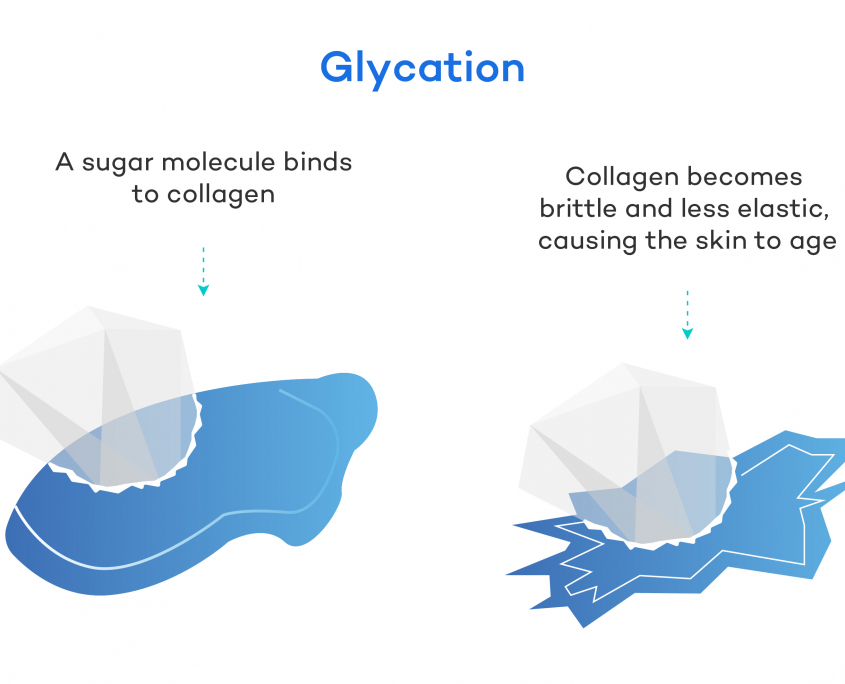
We’ve learned most of what we know about glycation by studying diabetics. High blood sugar in diabetics damages connective-tissue and creates chronic inflammation. In healthy people, glycation causes the same types of cell and tissue damage, only at a more insidious pace.
Not surprisingly, there are a host of studies that demonstrate that sugar is a leading cause of inflammation.
While other studies show that glycation is implicit in many inflammation related health problems, including diabetes, hypertension, vascular damage, and dementia.
An eye-opening long-term study in JAMA Internal Medicine found an association between high-sugar diets and a greater risk of dying from heart disease. Over the course of the 15-year study, people who got 17% to 21% of their calories from added sugar had a 38% higher risk of dying from cardiovascular disease compared with those who consumed 8% of their calories as added sugar.
Omega 6 Fatty Acids
You’ve probably heard of omega 3 and omega 6 fatty acids and thought, what’s the difference? While they’re both fatty acids and essential to our health, they play opposite roles in our immune system.
Both omega 3 and Omega 6 fatty acids produce hormone-like compounds called eicosanoids that tell the body to increase or decrease inflammation. Omega 3s produce hormonal messages that decrease inflammation, while Omega 6s send messages that increase inflammation. Though both responses are critical to our health, it’s critical for them to be balanced.
We need inflammation to protect to heal cuts and scrapes, fight infection, and repair tissue. But when the ratio of Omega 6s to Omega 3s gets out of balance, inflammation persists at a chronic systemic level leading to autoimmune disease and disorders including IBS, joint pain, and infertility.
Humans evolved on a diet that contained balanced amounts of omega 3 and omega 6 fats. However, due to the affordability and widespread presence of corn, soybean, and vegetable oils, our consumption of pro-inflammatory omega 6s is now 10-20 times greater than our consumption of Omega 3s.
Research has shown that the much higher omega 6 to 3 ratio is implicit in heart disease , cancer, and neurologic problems like depression, aggression, violent behavior, and anxiety. When considering that our brains are mainly composed of fat, these neurological consequences aren’t too surprising.
Human Exposure to Plant Toxins and Antinutrients Over time
Prior to the Agricultural Revolution, humans only ate small amounts of plants and subsisted mainly on a carnivorous diet. There was no such thing as corn, wheat, and rice.
Scavenging and hunting meat–particularly nutrient-dense bone marrow, fat, and organ meats–fueled the evolution of our brains. 90,000 years ago at the height of the paleolithic period, our brains were the largest they have ever been. Then, after remaining consistent in size for about 60,000 years, the human brain gradually shrank for over a period of 20,000 years. Over the last 10,000 years, our brains have undergone a rapid shrinking.
This rapid shrinkage coincided with the dawn of agriculture and our dramatic shift in diet. For the first time humans began subsisting on a limited variety of high-carb plants. Crops like wheat and corn are less dense in energy, and deficient in vitamins and minerals compared to meat. By eating seeds and stalks, humanity has been exposed itself to loads of natural plant toxins. Human health has been on the decline ever since.
Many studies link the standard American diet to acne, obesity, diabetes, heart disease, stroke, metabolic syndrome, cancer, Alzheimer’s. The consumption of processed, plant-based foods has been a major driver of chronic disease.
Dr. Kiltz’s Bottom Line on Plant Toxins and Antinutrients
Though the mainstream nutritional establishment insists that fruits and vegetables are the ultimate health food, in reality, plants are filled with harmful, naturally occurring toxins and antinutrients. Furthermore, when it comes to nutrition, animal sources like liver, and red meat, far outpace even the most nutritious plants. And animal-based foods contain virtually zero toxins.
Like humans and other living creatures, plants are evolved to accomplish one goal, and that’s to survive and reproduce. Plants developed toxins and antinutrients to protective themselves from various threats, including fungus, bacteria, and human beings.
When people consume these sophisticated chemical defenses, they can lead to various diseases and disorders, including hormonal imbalances, chronic inflammation, and cognitive impairment. Though everyone is vulnerable to plant toxins, many people have acute sensitivities.
The good news is that minimizing your exposure to these harmful chemicals is incredibly easy. Simply limit your consumption of certain plants and shift your diet to include more whole, animal-based foods as much as possible.













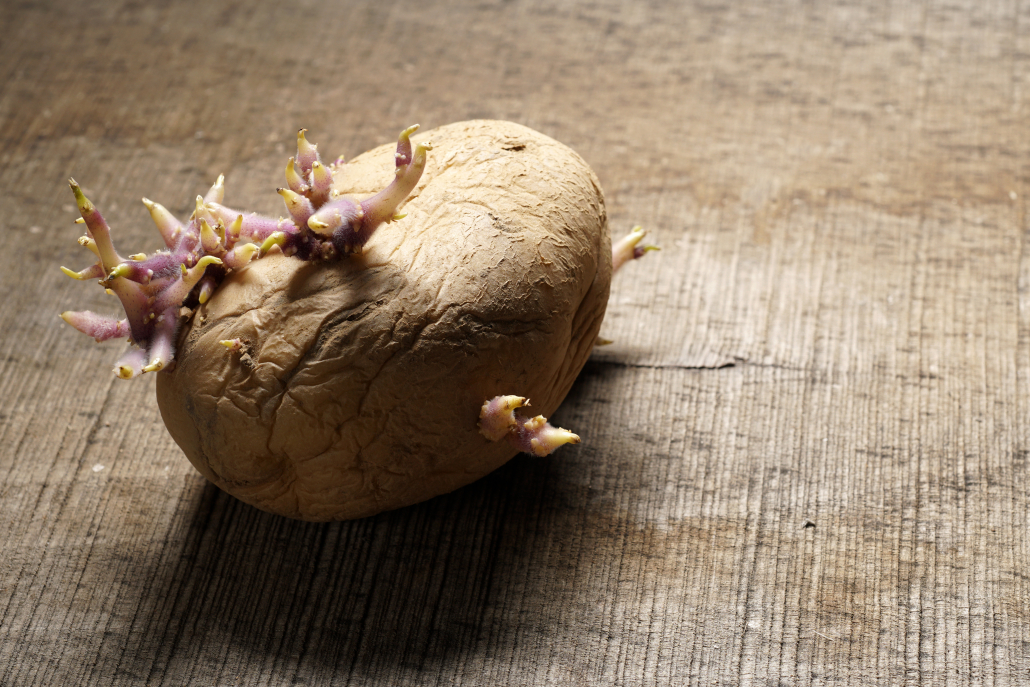 (aka “never eat green potatoes”)
(aka “never eat green potatoes”)
